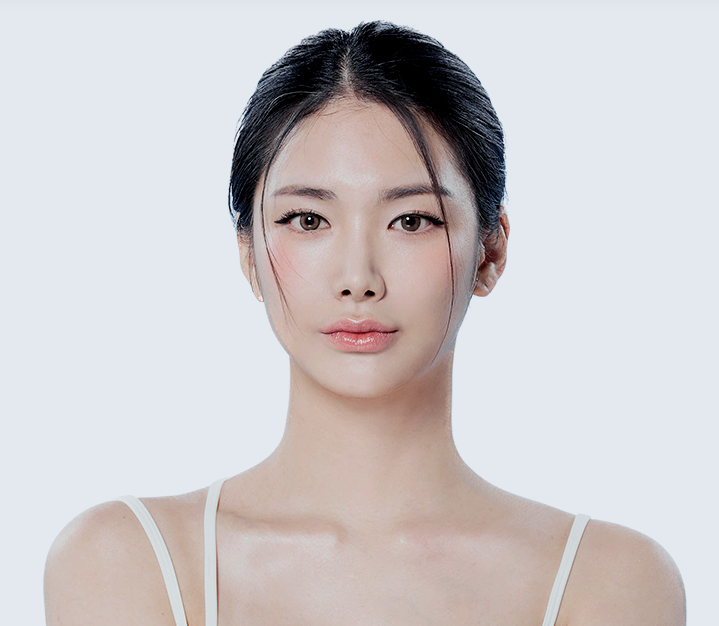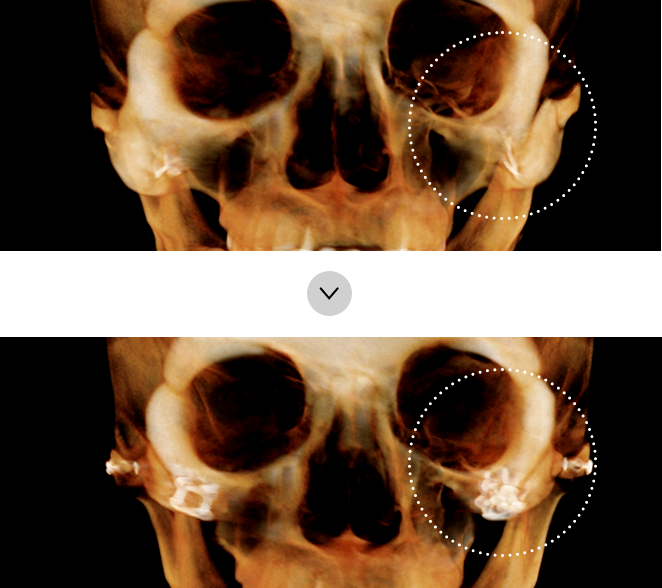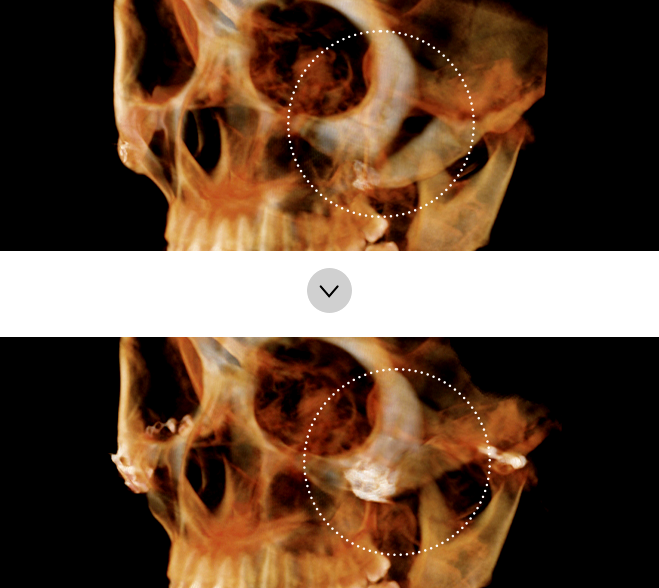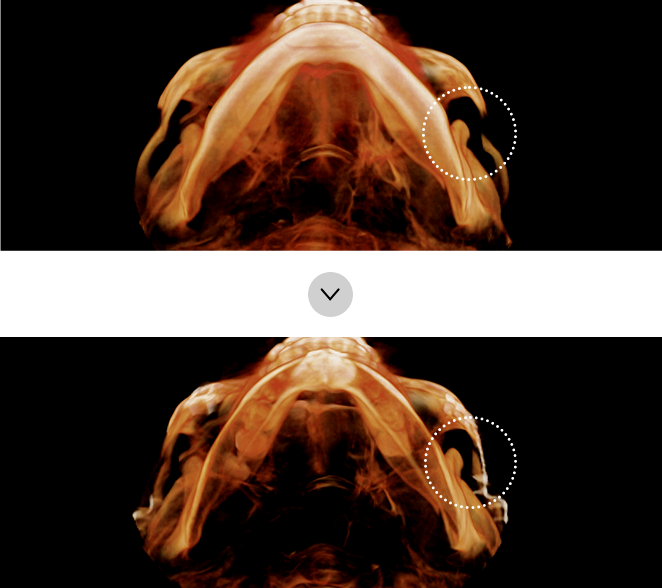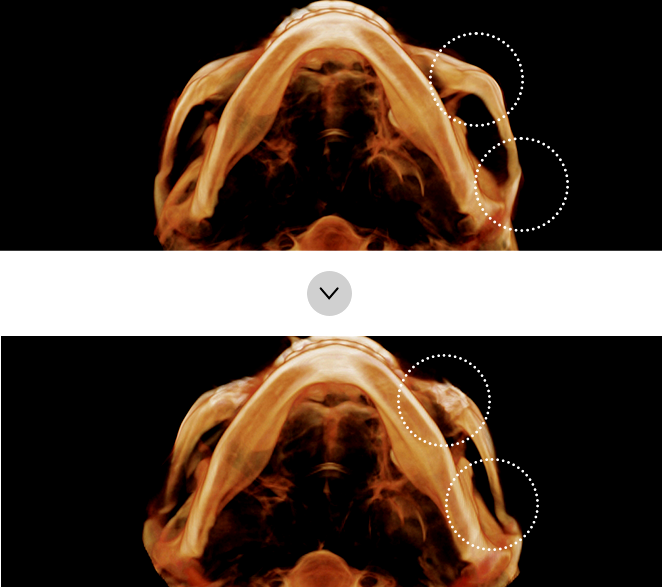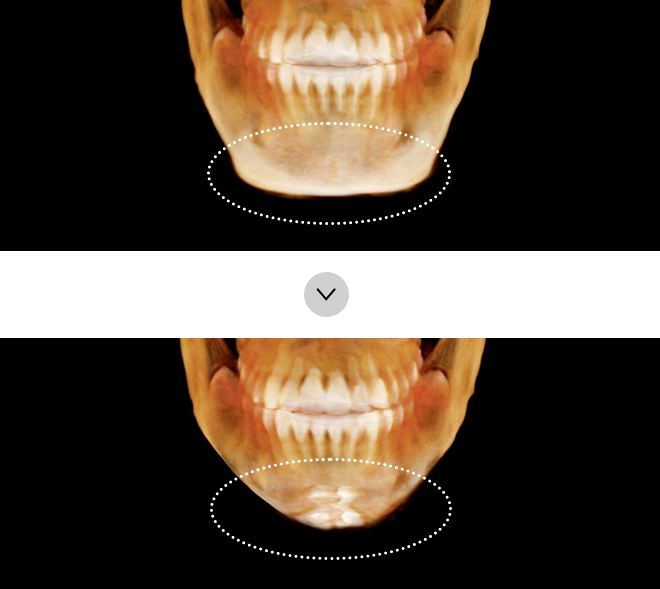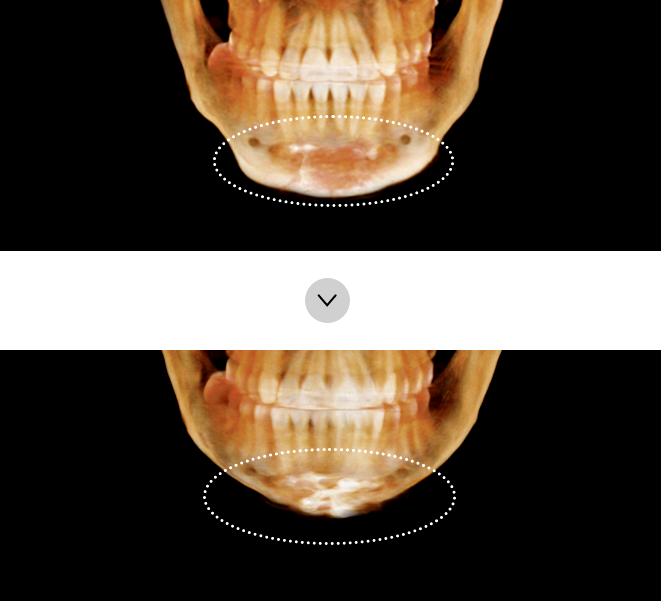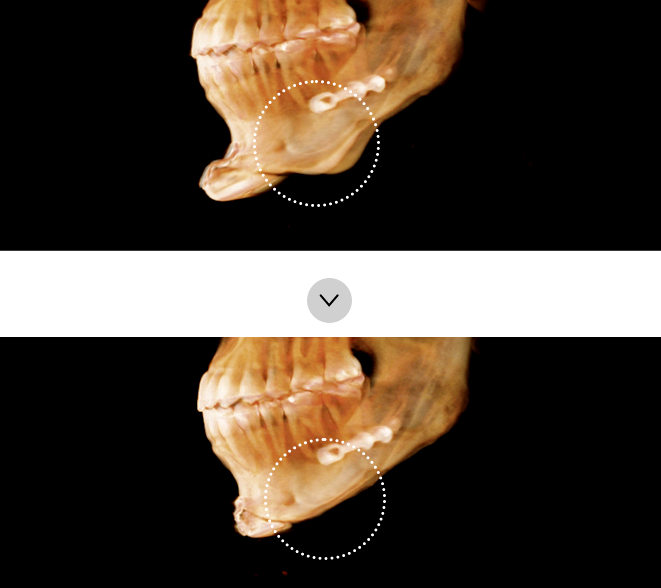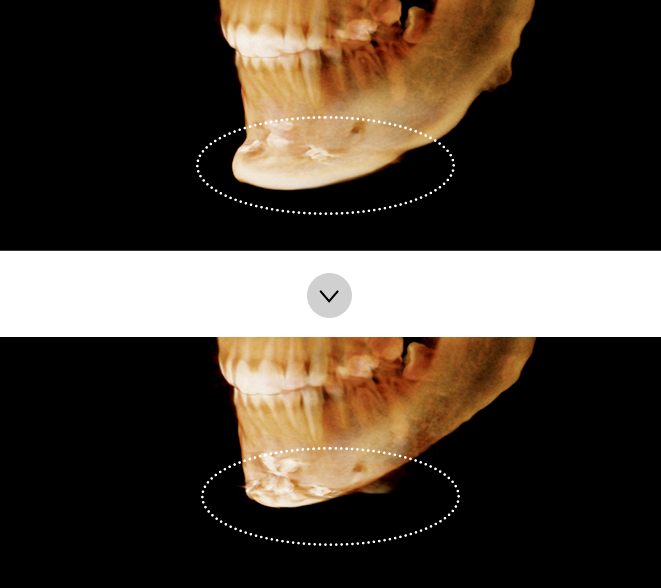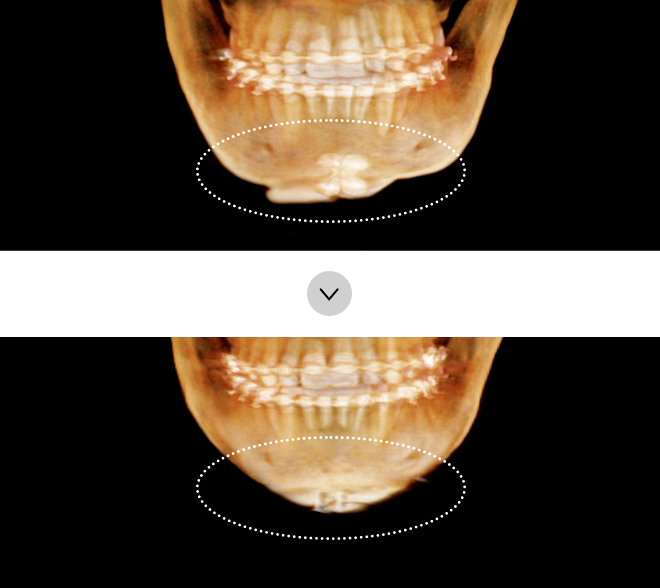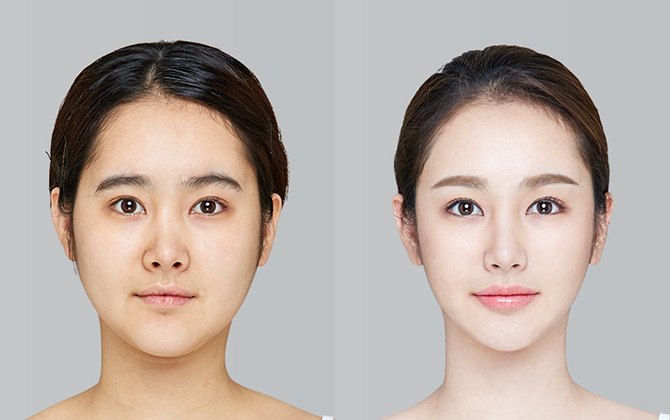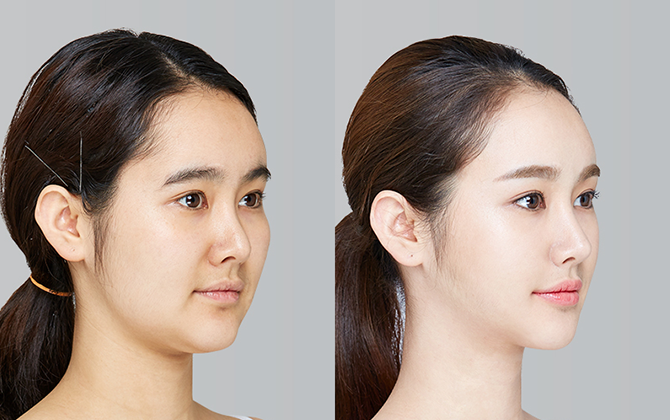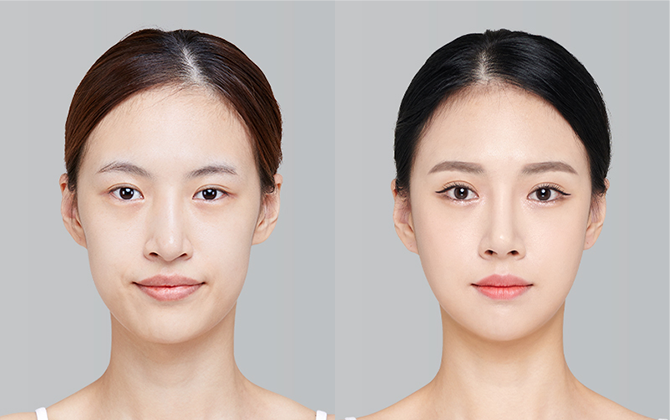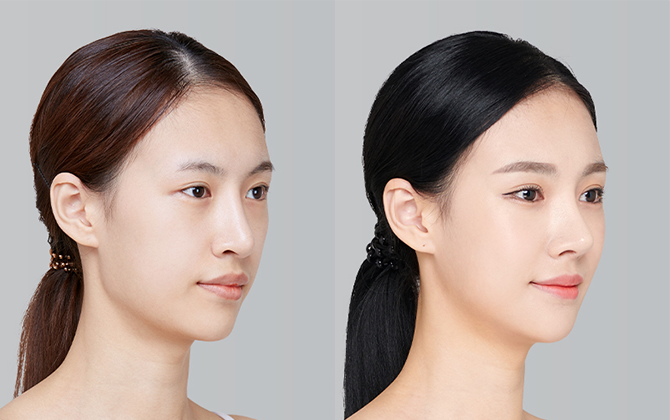What is Facial Contouring
Facial contouring surgery modifies the shape, width, and ratio of the face by adjusting
the face's bony structure. It can also correct asymmetry and facial disharmony without bite adjustment.
Facial contouring surgery includes cheekbone reduction, square jaw reduction and genioplasty.
Depending on the patient’s facial features, and conditions, Facial liposuction,
facelift, and sunken cheek correction are the procedures that may be recommended with facial contouring surgery to create a synergistic effect.
Summary of the Revision Facial Contouring Surgery
-

Operation time
Around 1~2 hours
-

Admission
1 day admission
-

No. of visits
2-3 visits
-

Anesthesia
General Anesthesia
-

Suture removal
5th,10th ~14thday
-

Recovery time (period of stay)
7~14 days
Braun’s Revision facial Contouring Surgery
Revision surgery after a previous facial contouring procedure can vary significantly.
Depending on the patient’s condition, it may involve minor adjustments or, in more severe cases, complex and challenging corrections.
Achieving safe and effective results requires extensive experience and advanced surgical techniques.
This includes accurate analysis and careful surgical planning to address various issues such as
scar tissue from the initial surgery, severe adhesions between the bone, periosteum, and muscles, risk of bleeding, nerve damage, inflammation, over-resection of bone, and bone resorption.
At Braun Plastic Surgery, each patient’s bone condition is accurately assessed using 3D CT scans and panoramic X-rays.
Dr. Kim Tae-Gyu, a world-renowned authority in facial contouring surgery with over 15 years of experience,
performs safe and effective revision contouring procedures tailored to individual needs.
Dr. Kim has dedicated many years to developing advanced surgical techniques that address the limitations
and side effects of conventional methods. In 2009, he invented the inverted V-shaped osteotomy,
significantly improving upon the traditional T-shaped osteotomy used in genioplasty. In 2010, he further
advanced the field by developing the 3D rotation-lifting cheekbone technique, which resolves the complications and limitations associated with the conventional L-shaped osteotomy in cheekbone surgery.
These methods have been published in prestigious plastic surgery journals,
such as The Journal of Plastic and Reconstructive Surgery (PRS) and The Journal of Craniofacial Surgery.
They have also been presented multiple times at the International Conference of Plastic Surgeons and have earned several academic awards.
Furthermore, revision facial contouring surgery must address skin-related issues,
as many patients experience skin sagging, depression, irregularities, and bulging as a result of the initial procedure.
At Braun Plastic Surgery, in addition to revision facial contouring surgery, face-lifting and facial liposuction procedures are used to achieve safe and effective results, addressing both bone and skin concerns.
The facial contouring surgery developed by Dr. Kim Tae-Gyu, the Chief Surgeon at Braun Plastic Surgery, has been officially registered as a trademark with the Korean Intellectual Property Office
Verification of Brown's facial contour technology
Published a thesis on ‘Lifting cheekbone rotation surgery’ in ‘The Journal of Craniofacial Surgery’, a world-renowned plastic surgery journal.
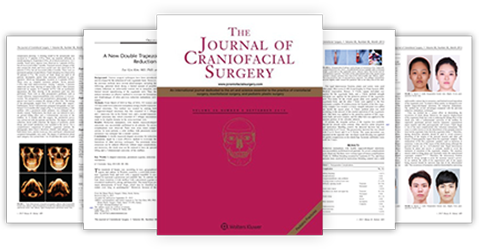
Published a thesis on 'inverted V-shaped osteotomy' in ‘The Jouranl of Plastic and Reconstructive Surgery’, a world-renowned plastic surgery journal.

Published a thesis on ‘3D rotation-lifting cheekbone reduction surgery’ in ‘The Journal of Craniofacial Surgery’, a world-renowned plastic surgery journal.
Candidates for Revision Cheekbone Surgery
The primary reason for revision cheekbone surgery is the ineffectiveness of previous procedures due to improper techniques. Among all revision facial contouring surgeries, cheekbone revision is considered the most complex and challenging.
Accurate surgical planning is crucial in cheekbone revision surgery, as it requires a thorough understanding of the bone's condition, including the position of the osteotomy line, screws, and plates, the amount of bone remaining, its firmness, and the potential for nonunion.
In addition, many patients experience skin issues such as sagging and dents, which must be addressed simultaneously during the revision procedure. Given these complexities, it is essential that cheekbone revision surgery is performed by a specialist with extensive experience and advanced surgical skills to ensure safe and effective results.
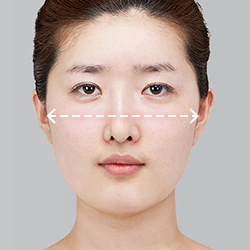
If there is no effect after cheekbone reduction surgery
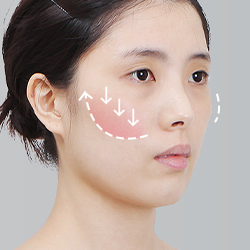
If the cheekbones are drooping, non-union and there is a dent after surgery
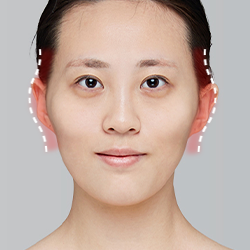
If the cheekbones or temple area appear sunken or exhibit a staircase effect following surgery
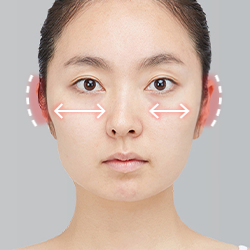
If there is severe asymmetry after the surgery
Candidates for Revision Square Jaw surgery or Revision Genioplasty
After square jaw surgery, patients may experience an unnatural jawline due to excessive bone resection, insufficient resection leading to a lack of frontal effect, or the formation of bumpy contours and secondary angles.
Similarly, after genioplasty, issues such as an overly long, short, wide, or asymmetrical chin can persist.
Additionally, as with cheekbone revision surgery, skin sagging is a common concern, requiring simultaneous correction to ensure optimal results.
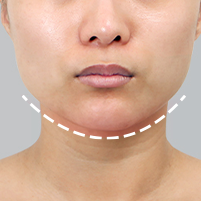
If there are no effects after square jaw surgery and genioplasty
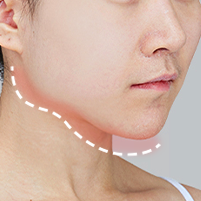
If there is a formation of secondary angle or staircase effect after surgery
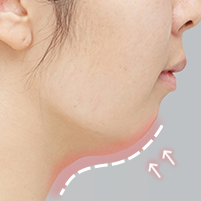
If your chin is still receeding even after surgery.
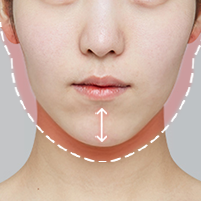
If your chin is still too long evenr after surgery.
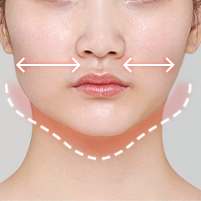
If the chin and jaw line are bumpy or uneven after surgery
Revision Cheekbone Surgery - CT Results
Following an inadequate cheekbone reduction surgery, both the frontal and lateral effects were lacking, and the cheekbones appeared to droop. To address these issues, 3D rotation-lifting cheekbone surgery and lateral fixation were performed.
Following an improper cheekbone surgery, the cheekbones exhibited drooping and nonunion. To correct these issues, 3D rotation-lifting cheekbone surgery and lateral fixation were performed.
The cheekbones were fractured and collapsed following an incorrect cheekbone reduction surgery, leading to skin sagging. Reconstructive surgery, along with 3D rotation-lifting cheekbone surgery, was performed to restore facial structure.
3D rotation-lifting cheekbone surgery was performed when there were no visible effects after surgery and instead asymmetry occurred.
Revision Square Jaw surgery or Revision Genioplasty - CT Results
Following an incorrect square jaw reduction, the chin appeared long and wide. To correct this, an inverted V-shaped osteotomy was performed along with square jaw reduction and lateral cortical bone shaving.
Following an incorrect square jaw reduction and genioplasty, the chin appeared long and wide, and the jawline was irregular. To correct these issues, an inverted V-shaped osteotomy was performed along with square jaw reduction and lateral cortical bone shaving.
Following an incorrect square jaw reduction, genioplasty, and double-jaw surgery, the jawline was uneven, with pronounced secondary angles and a noticeable staircase effect. To address these issues, an inverted V-shaped osteotomy was performed along with square jaw reduction and lateral cortical bone shaving.
If the chin is still long and protruding after surgery
Following an incorrect square jaw reduction and genioplasty, the chin remained long and protruding. To correct this, an inverted V-shaped osteotomy with chin retraction, along with square jaw reduction and lateral cortical bone shaving, was performed.
Following an incorrect square jaw reduction and genioplasty, the chin became shorter and the asymmetry worsened. To address these issues, an inverted V-shaped osteotomy with chin bone grafting, along with square jaw reduction and lateral cortical bone shaving, was performed.
Due to the insertion of a chin implant, the chin became longer and more prominent. To correct this, the implant was removed, and an inverted V-shaped osteotomy with chin advancement was performed, along with square jaw reduction and lateral cortical bone shaving.
BEFORE & AFTER PHOTOS
FAQ
- Although every patient differs from one another after surgery, a recovery period of 7 to 13 days is usually required.
- After about a week of recovery, you should be able to resume your normal activities.
- Though it varies from patient to patient, there is no visible scarring because the incision is made through the mouth.
We recommend that you avoid chewy foods and extreme sports for two months.
-Yes. A light meal can be consumed approximately 6 hours after surgery. However, it is advised to consume foods with a soft, non-straining texture, such as porridge, tofu, and bread. For the first 10 days after surgery, it is best to avoid spicy, salty, or irritating foods, as well as hard or chewy foods that put strain on the jaw and surgical area.
- Yes, combining it with square jaw surgery or cheekbone surgery can improve your results.
However, because each patient is different, it is recommended to make a decision after consulting with a specialist.
It will be possible to board a plane 5 to 7 days after surgery.
All surgeries carry the risk of swelling, scarring, infection, and bleeding. This may differ depending on the patient's physical condition and post-surgery care. However, if the surgery is decided after extensive consultation with an experienced specialist, the risk of side effects is greatly reduced.
All of Brauns facial contouring surgeries are performed by Chief Dr. Kim Tae-Gyu Dr. Kim Tae-Gyu developed and received a patent for Braun's signature surgical techniques, the inverted v-shaped osteotomy and the 3D lifting cheekbone surgery, which are more effective and safer.
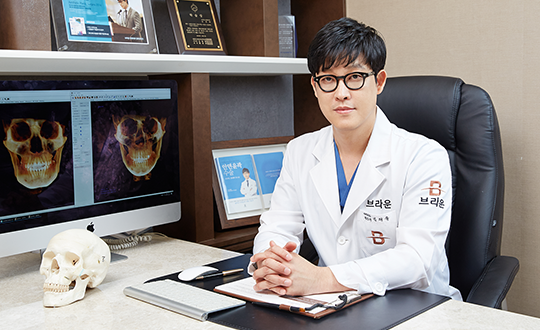
Publication in World-Renowned Plastic Surgery Journal
-
2019 PRS KOREA 2019 Korean Plastic Surgery International Conference
Chief Director Kim Tae-gyupresented on the subject of "Buccal depression in the Reduction Malarplasty" during the ‘Facial Contour’ session.
-
2019 PRS KOREA 2019 Korean Plastic Surgery International Conference
Presentation by Chief Dr. Kim Tae-gyu at the Craniofacial Session 8 on "The Clinical Study of Lateral Fixation in Reduction Malarplasty."
-
2017 Korean Society of Aesthetic Plastic Surgery APS (Aesthetic Plastic Surgery) International Conference
Free topic presentation on "Concurrent operation of facial contouring and lifting surgery" by Chief Dr. Kim Tae-gyu.
-
2016 Korean Society of Aesthetic Plastic Surgery APS (Aesthetic Plastic Surgery) International Conference
Presentation on "Cheek bone Revision Surgery Using Cheekbone Resection" and "Chin Tip Revision Surgery Using inverted V-shapeosteotomy." by Kim Tae-gyu, Chief Doctor of the Facial Contouring Department.
-
2016 JCS (Journal of Craniofacial Surgery)
Chief Dr. KimTae-gyupresenting his research thesis on "Lifting 3D Cheekbone Rotation Surgery."
-
2015 Korean Society of Aesthetic Plastic Surgery PRS KOREA 2015 Tradition and Innovation
Presentation by Kim Tae-gyu, Chief Doctor of the Facial Contouring Department, “Cheek revision surgery using zygomatic bone resection”, “Chin osteotomy and chin revision surgery using inverted V-shape osteotomy.”
-
2013-2015 Plastic and Reconstructive Surgery Global Open
Chief Dr. Kim Taegyu, published a research paper on "V-line jaw surgery using inverted V-shape osteotomy (reverse V-line)"
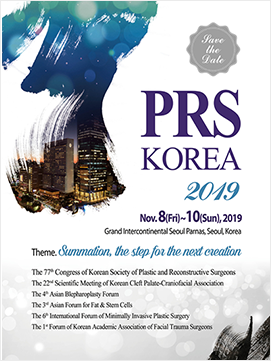
2019 Korean Plastic Surgery International Conference
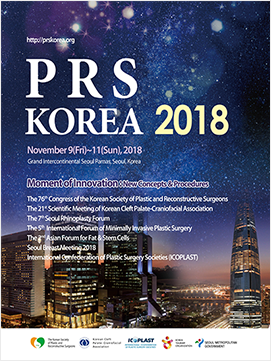
2018 Korean Plastic Surgery International Conference
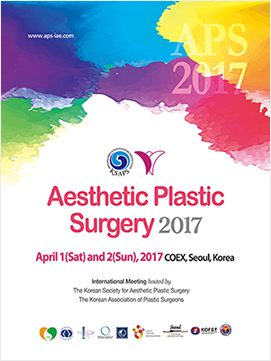
2017 Korean Society of Aesthetic Plastic Surgery APS (Aesthetic Plastic Surgery) International Conference
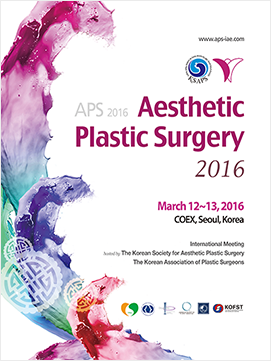
2016 Korean Society of Aesthetic Plastic Surgery APS (Aesthetic Plastic Surgery) International Conference
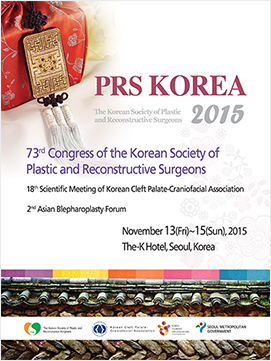
2015 Korean Society of Aesthetic Plastic Surgery PRS KOREA 2015 Tradition and Innovation
REGISTERED TRADEMARK IN FACIAL CONTOURING
Obtained service mark from the Korean intellectual Property Office Inverted V-shape osteotomy developed by Chief Dr. Tae-gyu Kim
-
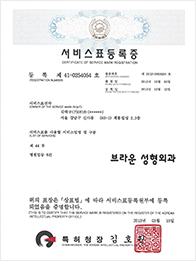
Service slip registration certificate
-
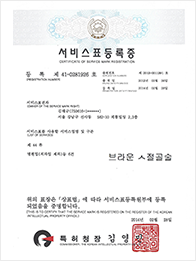
G osteotomy
-
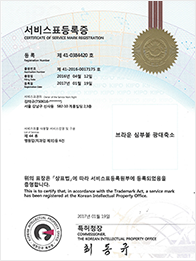
Deep cheekbones
-
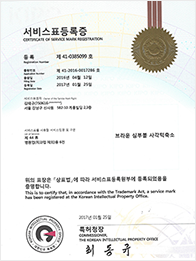
Deep ball square jaw
-

Contour of the face of the deep cheek
-
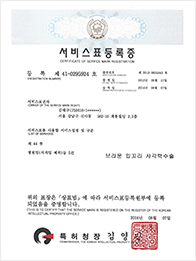
Square jaw surgery on the corner of the mouth
-
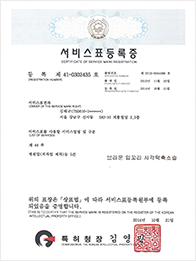
Reduction of the corner of the mouth




